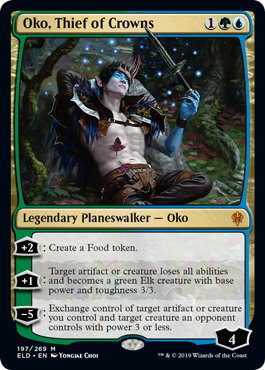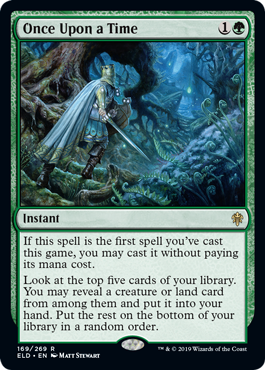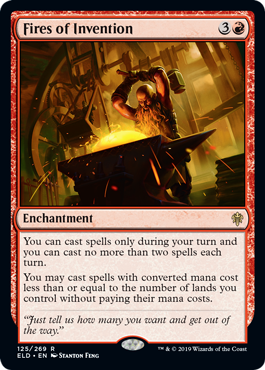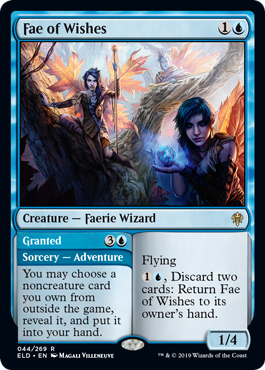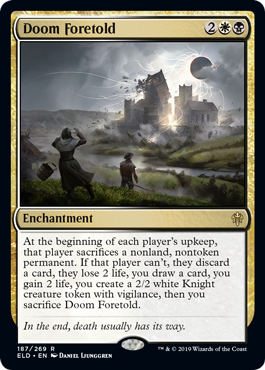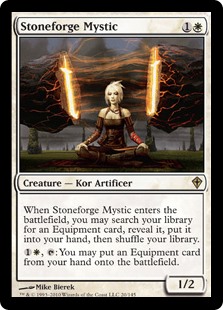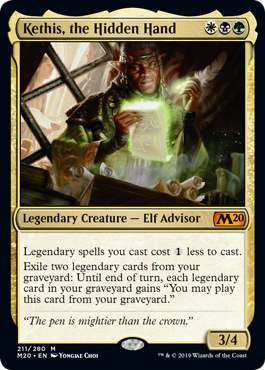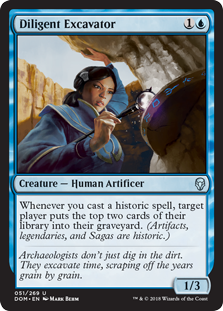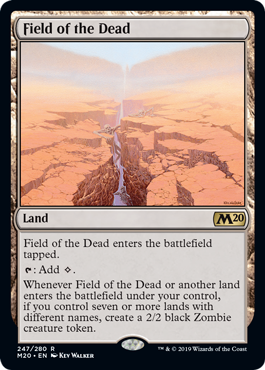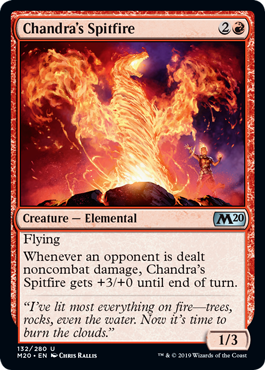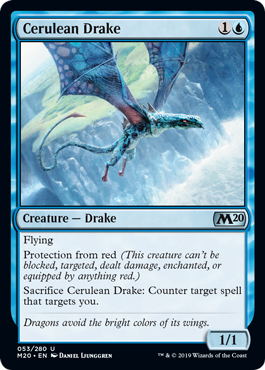“Quasiduplicate my Risen Reef” and other key plays from Mythic Championship VII
Mythic Championship VII is in the books!
And, despite some missing aggro decks, the tournament did not disappoint in terms of cool decks and the best players winning.
Here are some of the best ones:
Simic Flash was the Deck of the Tournament
Three superstar players of the Pro Tour… Onetime Player of the Year Brad Nelson, former World Champion Seth Manfield, and the hottest player in the world Javier Dominguez all made Top 8 with their Simic Ramp Flash deck.
This build of Simic Flash incorporates some elements of Ramp decks. So while it has some of the Brazen Borrower / Nightpack Ambusher action we’re used to from Simic Flash decks… It is also a Paradise Druid-driven main phase deck.
The big payoffs to this wonderful new take are Nissa, Who Shakes the World and Hydroid Krasis like so many of the successful decks of the previous format.
One of the best features of Simic Flash? An utterly dominating matchup against the popular Jeskai Fires of Invention strategy.
Simic Ramp, or… What was That About Quasiduplicate Again?
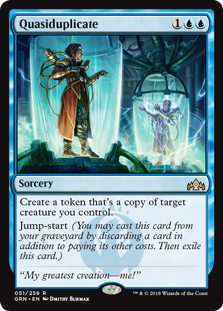
Andrea Megucci played a novel new Simic Ramp deck that kind of went the other direction from the successful Simic Flash players.
Mengucci had the Nissa / Krasis action (of course)… But pushed the engine to an unbelievable degree.
He went with Leafkin Druid over Paradise Druid… Because it’s an Elemental. Do you know what else is an Elemental? Risen Reef. And Cavalier of Thorns, fo course.
When you Quasiduplicate a Risen Reef, you get a second copy of Risen Reef. Both –that is, both cards — trigger! You get the trigger from the old Risen Reef because the incoming token is an Elemental; and you get the trigger from the new one because it’s a Risen Reef.
Then when you Jump-Start Quasiduplicate, you now get three triggers!
Cool, huh?
Yes, Mengucci made the biggest Hydroids.
How about the Champ? Jund Sacrifice…
Patrick is a huge fan of Piotr Głogowski’s build of Jund Sacrifice. Not only did this strategy eliminate all three superstars with their Simic Flash decks in the Top 8, Glogowski took a subtle and effective route to replacing Once Upon a Time.
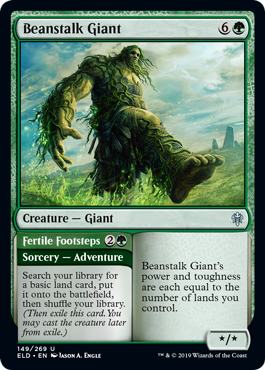
Beanstalk Giant does everything in this deck! It gets you to Casualties of War a turn more quickly in the mirror (spoiler! The Champ played all four copies of Casualties of War)… It finds your solo Mountain for the red splash, and it can win the game with its seven drop mode a few turns later.
Plus some hot tech that didn’t make the Mythic Championship at all, like…
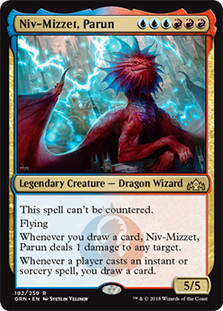
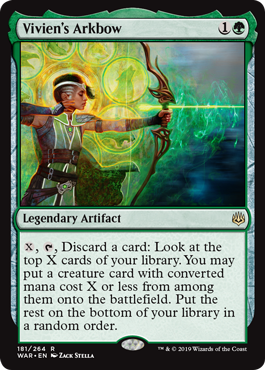
Not sure what deck would want to sleeve up an Arkbow? You can find out right here:


